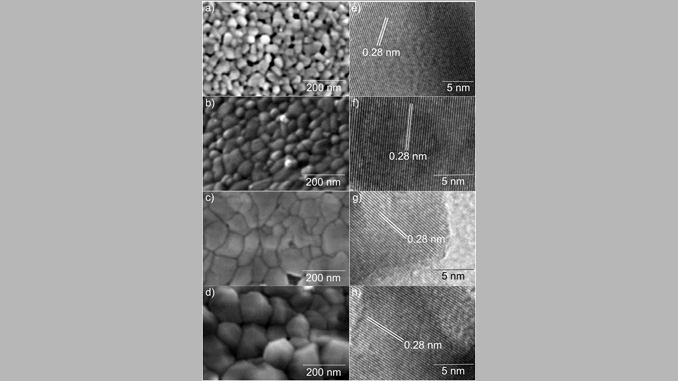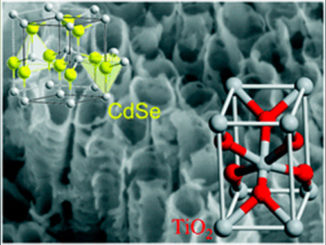
Writers: Coletta, Vitor C. and Marcos, Francielle C. F. and Nogueira, Francisco G. E. and Bernardi, Maria I. B. and Michalowicz, Alain and Goncalves, Renato V. and Assaf, Elisabete M. and Mastelaro, Valmor R.
Keywords: Gas; Sensor; catalysis
Abstract: Perovskite strontium titanate is a promising functional material for gas sensors and catalysis applications. Herein{,} we report the preparation of SrTi1-xCuxO3 nanoparticles with Cu doped in the B sites using a modified polymeric precursor method. This study describes in detail the structural and local atomic configurations for the substitution of Cu into the titanium sites and its reducibility using X-ray diffraction (XRD){,} field emission gun scanning and transmission electron microscopies (FEG-SEM and TEM){,} X-ray absorption spectroscopy (XAS){,} X-ray photoelectron spectroscopy (XPS) and temperature-programmed reduction (TPR) analyses. Our results indicate that copper is segregated for x [greater-than-or-equal] 0.06. After exposing the samples to a hydrogen-rich atmosphere at temperatures over 500 K{,} copper is reduced from Cu2+ to metallic Cu. This reduction was attributed to copper atoms that originated primarily from the CuO phase.




